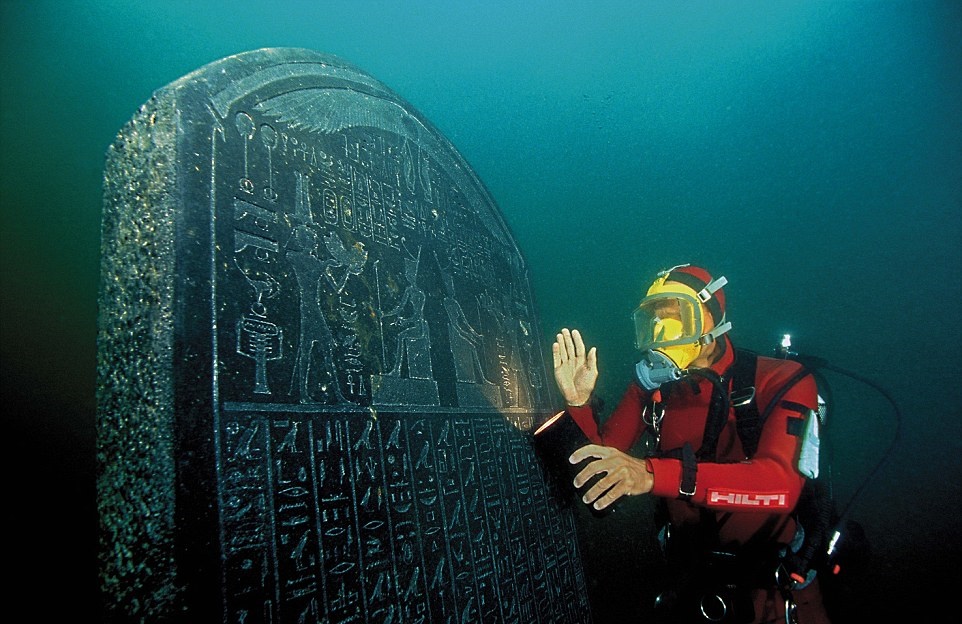The Great London [Search results for Exhibitions]
Travel: 'Indigenous Australia: Enduring Civilisation' at the British Museum

UK: British Museum to launch first major exhibition of underwater archaeology in May 2016

Exhibitions: Egyptian mummies virtually unwrapped in Australia

Travel: 'Defining beauty: The body in ancient Greek art' at the British Museum

United Kingdom: Britain has kept the ‘Elgin Marbles’ for 200 years – now it's time to pass them on

Travel: 'Beyond Caravaggio' at The National Gallery, London
